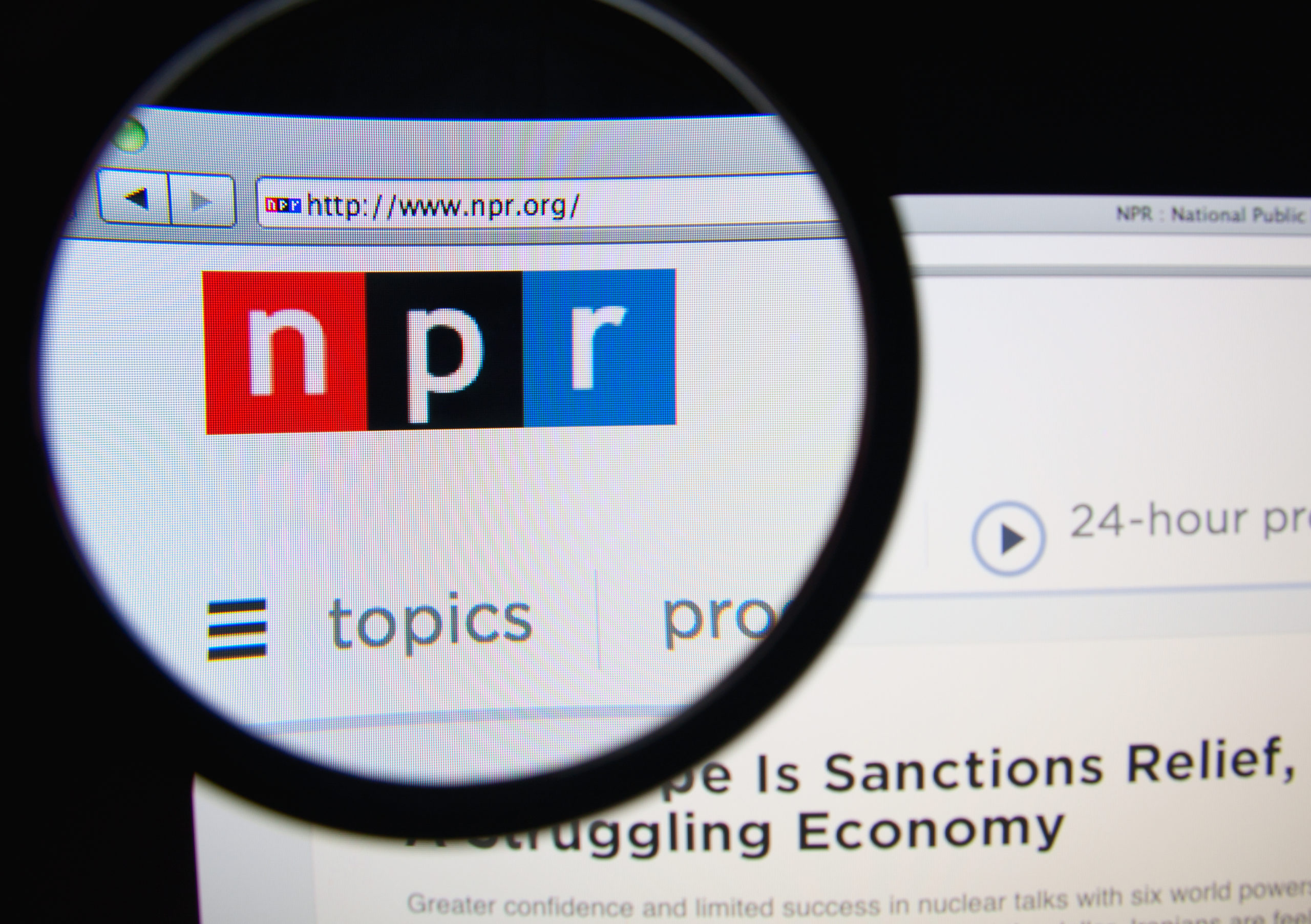
This week, we’ll be rolling out the results of our second “flash poll” of core radio listeners’ perceptions and opinions about the coronavirus. I can tell you that from just a cursory view of the new data gathered last week, there are already many contrasting findings from the original study conducted on the last day of March and the first couple days of April.
As we know from living through this pandemic, this bizarre roller coaster ride of a health and economic emergency seems to change day by day. And in fact, so have the attitudes of consumers, whether it’s their mindset, their media usage habits, or their aspirations about a post-COVID world.
One consistent takeaway, however, from the new study is how well public radio is faring since the outbreak gained steam in March, becoming the most important story of our lifetimes. Since 2020 has unfolded, many public radio stations have reaped sizable and even record-setting audience gains as COVID-19 has become virtually the only topic of conversation these past several weeks.
Considering how the pandemic has impacted radio listening since we find ourselves hunkered down at home – and not commuting to work or school – public radio has clearly been the big winner. If you were parsing the data from last week’s Nielsen releases of PPM data for the month of April, you might draw these same conclusions as well.
Sadly, Nielsen did not separate commercial radio “news/talk” from the same named format category in public radio – these audience life groups could not be more different in terms of their education, politics, and their values.
Nonetheless, Nielsen’s generic “news/talk” category was the runaway winner last month, earning an impressive 15-share of adults 18+ – well more than twice as big as any other measured format. And that’s an increase of 24% from just February – the last “normal” month we experienced before the shutdown.
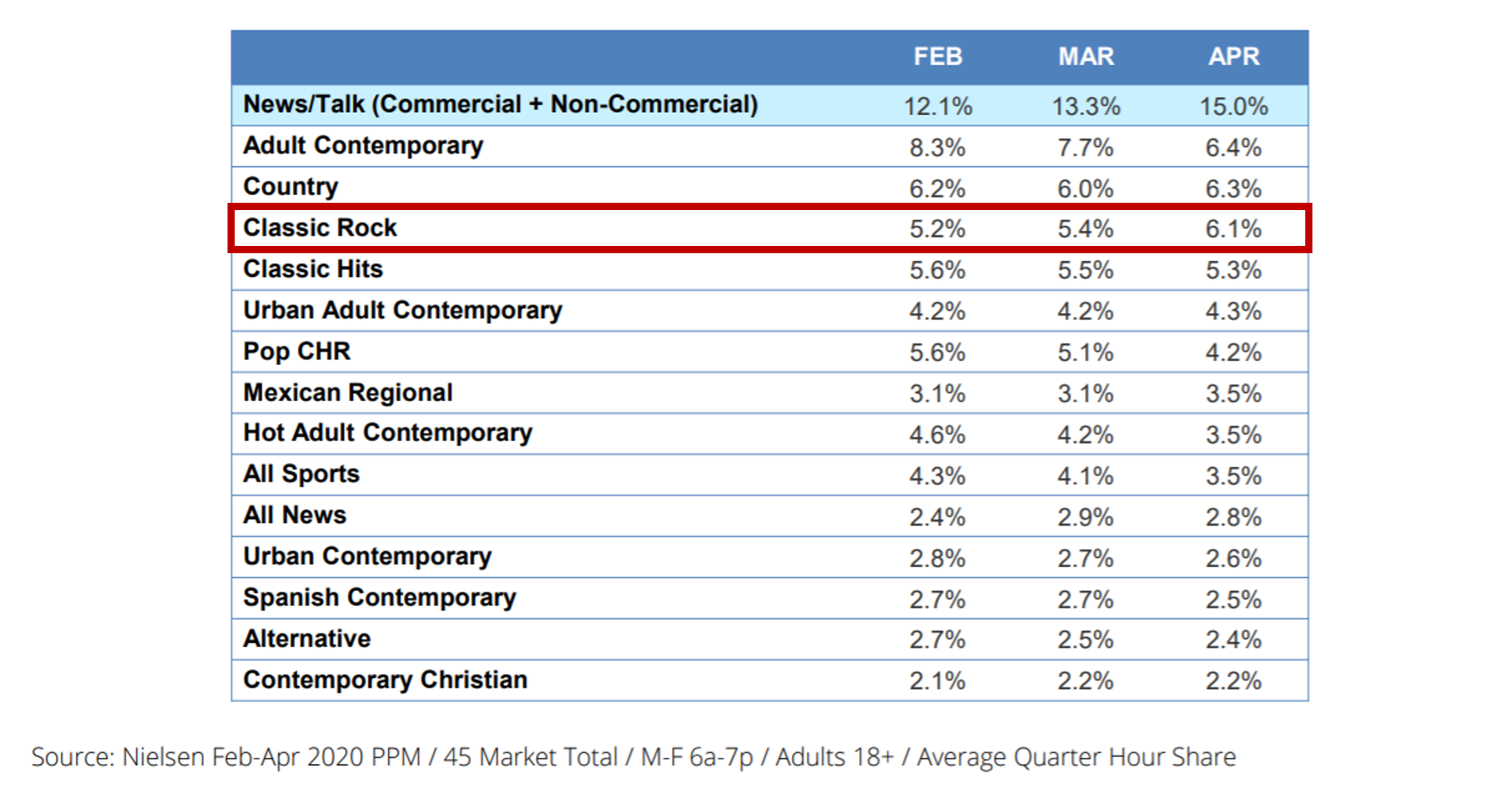
That’s not to say these gains are all public radio. Many “news/talk” stations featuring conservative personalities like Limbaugh and Hannity have tended to enjoy listening increases during the pandemic. But looking at market after market – Chicago, San Francisco, Austin, Washington, D.C., Los Angeles, and New York among others – public radio finds itself in the rarefied air of being rated #1 overall in many of these metros.
Interestingly, former NPR CEO, Jarl Mohn, called it a few years back. He postulated that in this highly caffeinated political environment, public radio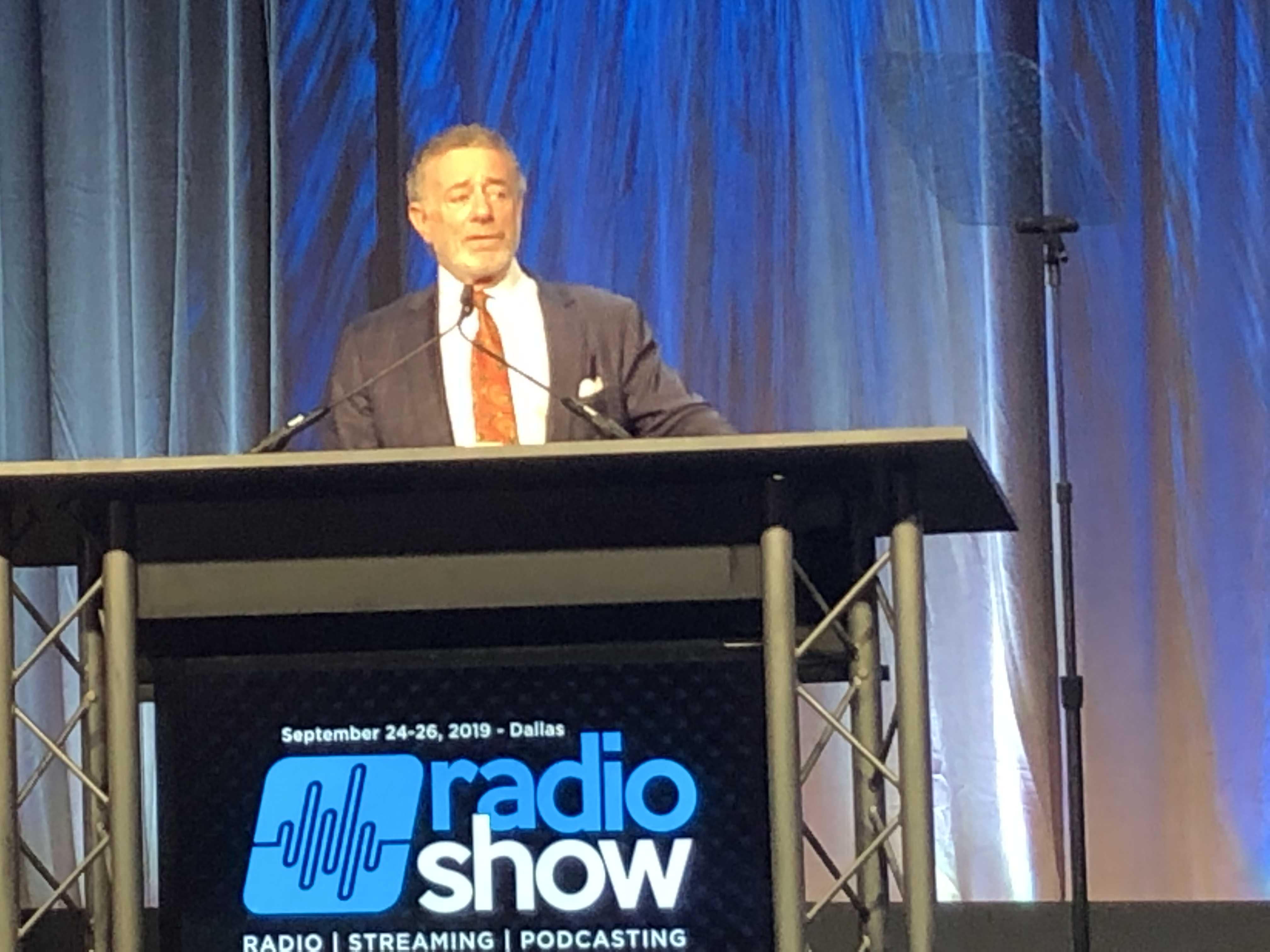 stations powered by his network’s magazine shows – “Morning Edition” and “All Things Considered” – coupled with strong local news coverage, could become the dominant stations in their markets. And he wasn’t talking just about news coverage – he was talking about everything.
stations powered by his network’s magazine shows – “Morning Edition” and “All Things Considered” – coupled with strong local news coverage, could become the dominant stations in their markets. And he wasn’t talking just about news coverage – he was talking about everything.
Mohn respects commercial radio “all news” stations, but saw them as mostly “utilities,” adhering to their rigid clocks and their quick-hitting headlines, but lacking in analysis, interpretation, depth, great storytelling, and the calm, measured presentation public radio has become known for. In frenzied times, the lack of hyperbole and bombast is part of what sets NPR and public radio apart.
If you want “traffic and weather” information at set times during the hour, broadcast radio’s commercial version – first popularized by the Group W stations – is unbeatable. But when you’re looking at public radio fans, most are self-described “news junkies” to begin with. And there hasn’t been a bigger story in our lifetimes than this one.
In public radio circles, much of the ratings growth started with what’s known as “The Trump Bump” back during 2016’s primaries, the Republican Convention, and the surprise election of a reality TV star and real estate magnate.
Since then, the news cycle has accelerated at a frenetic pace – just the fuel experienced public radio journalists and producers needed to feed the beast. A look back at just the past six months reveals a highly contentious impeachment process and subsequent trial, almost immediately followed by the pandemic, the shutdown, and now the gradual re-opening. And before we know it, the Presidential election will be in full bloom, keeping the already hot news cycle smoldering.
Lucky? Most definitely.
But media brands rarely just luck into success and good fortunes – like winning the lottery – especially over the long haul. Solid staff infrastructure, the brand, the personnel, and the audience have to be there as building blocks. That’s certainly been the case for public radio – whether it’s amassing some of the best radio journalists on the planet or building digital content and distribution assets, “the system” (as it is often called) was ready for anything, from an impeachment to a pandemic to another controversial, hotly contested election.
As many commercial radio programmers are experiencing with each passing month of PPM ratings, there’s very likely a public radio station sitting at or near the top of the heap, whether it’s 6+ or in the coveted 25-54 adults demographic. In many cases, these are call letters not top-of-mind among commercial radio broadcasters or local and national agencies. But we’d better get used to seeing them.
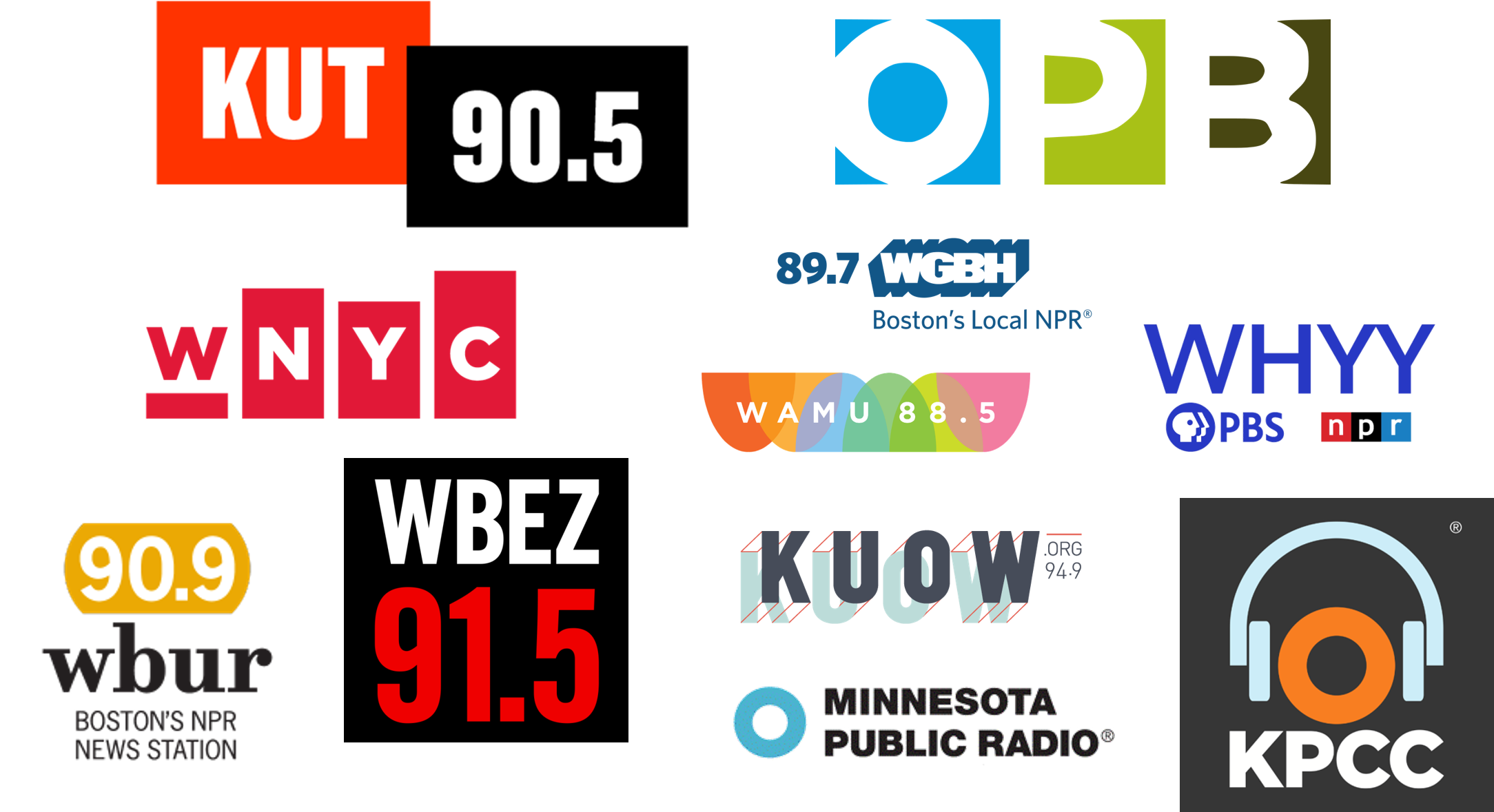
The polarizing nature of our country and our society also has something to do with this. While “the media are the enemy of the people” group is one side of a very heated spectrum, those who value calm, considered journalism as a force to be reckoned with as well. At least for now, gone are the days when a single personality or brand can be truly mass appeal, bridging the gaps – OK, chasms – that increasingly are wedged between people, across geographies and ideologies. But obviously, there are a lot of people who appreciate what public radio is serving.
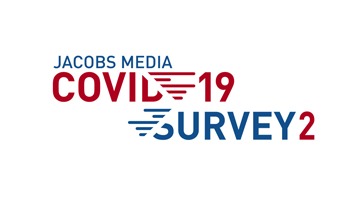 Our second COVID study will reveal just how political the pandemic has become in just the past few weeks – a circumstance that can bolster a media outlet, whether it is Fox News or NPR.
Our second COVID study will reveal just how political the pandemic has become in just the past few weeks – a circumstance that can bolster a media outlet, whether it is Fox News or NPR.
As we are learning from the early fallout of the coronavirus, some brands and platforms are in serious trouble or out of business altogether. Others are vaulting into prominence, and may end up becoming the emerging winners of this health care and economic crisis.
But there’s a yellow flashing caution light for NPR, public radio, and every cable news channel – all of which have enjoyed higher ratings this year.
Many of you feel this anecdotally, and we see it in the data: COVID-19 burnout is happening. While most of us are consumed by news and talk of the virus – what else is there to talk about? – they are also itching for normalcy, distraction, and any opportunity to not let the pandemic overtake their lives.
That presents a caution flag for these news organizations. And while the election may, in fact, create a natural segue, the heady days of “all COVID, all the time” may be behind us.
Nonetheless, the global pandemic is changing the way we do things, how we shop, socialize, work, and play.
And listen to radio.
Our webinar for stakeholder stations is this week. On May 27th at noon ET, we’ll present the top-line findings for anyone in radio, in partnership with the RAB. Registration information is coming soon.
- Media And Technology In 2025: Believe It Or Not! - April 18, 2025
- In Radio, You Just Never Know - April 17, 2025
- The Secret To Making A Great Podcast (And Great Radio) - April 16, 2025




Good observations, Fred. I agree, it’s too bad Neilsen doesn’t break out commercial and noncommercial news/talk separately. NPR does seem to be keeping its head above the water–my local system just concluded what they call a successful spring pledge drive–but then why are NPR execs taking pay cuts and negotiating (amicably I was pleased to note) similar cuts with their employees’ union? Something seems out of sync.
I was going to address the pay cuts in the post and neglected to do so. There’s an ongoing disconnect between ratings success and revenue. And it’s being felt across the system. NPR has the same pressures as everyone else, and they don’t pledge drives – it’s the local stations that engage in those fundraisers. Thanks for the comment, John.
Its the same story everyone is facing. When the economy takes a hit, marketing and advertising budgets are the first to go. That means revenue losses for corporate support. While membership is the bigger revenue driver for most stations, corporate support in the form of on-air underwriting represents 1/3 of many stations budgets. And while you may hear a “successful” on-air fund drive, that only represents about 40% of total membership revenue. 60% of it comes in from off-air fundraising activity. Don’t judge the situation just by what you hear during a fund drive, there’s a lot more going on beneath the surface.
Abby, I was hoping you’d step in to provide clarity. Public radio stations are in the same boat as other media outlets, but that reliance on underwriting (much of which was pre-empted during the impeachment hearings) – or what commercial radio calls “advertising” – is a big part of the story. Thanks for chiming in.
Thanks for this excellent post, Fred. Public radio works so well because it is a public/private partnership. The private part of the equation has made public radio better. The public part has made public radio ubiquitous with a strong sense of purpose. This is a uniquely American success story.
Ken, agree, agree. Thanks for the kind comments.
Growing numbers for NPR is no longer a man bites dog story—
Especially during agitated news cycles.
The strongest numbers often show with younger men.
This makes sense as they rarely have loyalty or attachnmnet to heritage talk personalities/stations.
Even if they do cume the top talk stations, they are just a button push away to hear a more objective information presentation.
And, well…with no comericials.
Also—many public radio stations are onboard with TLR.
That can help them as well.
Good points all, Marty. Thanks for taking the time to comment.